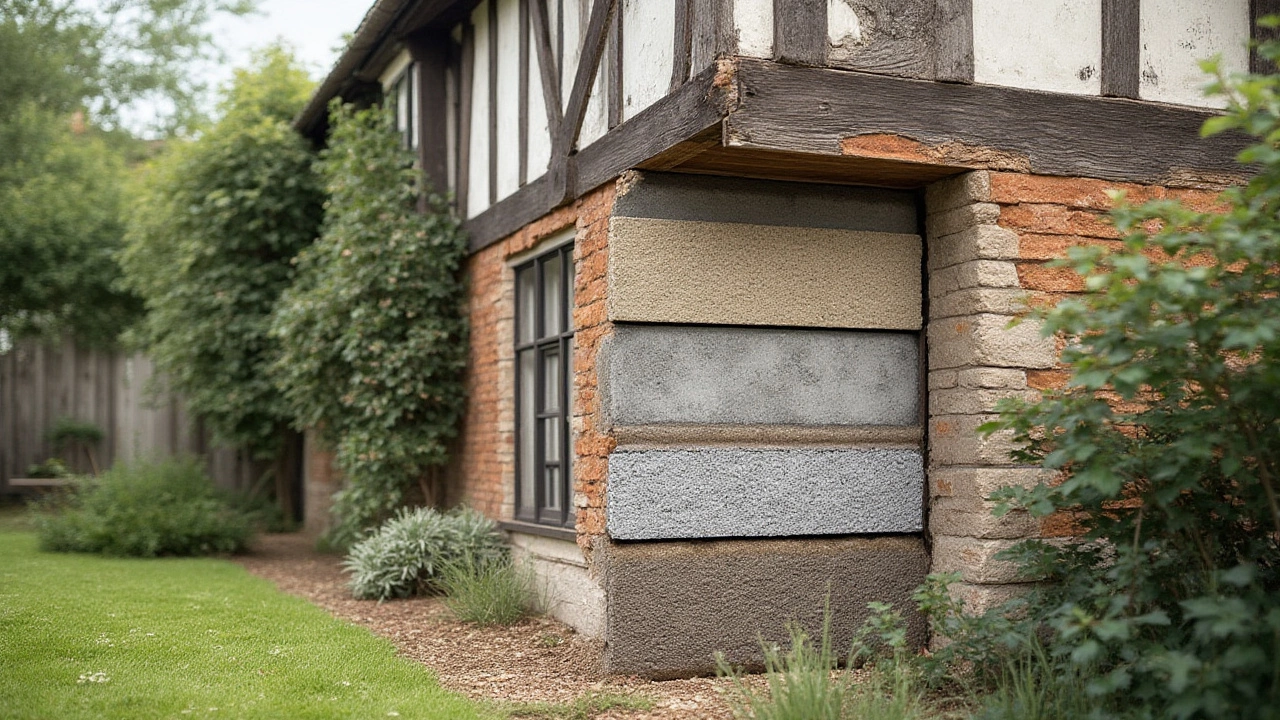Concrete Strength – Why It Matters for Your Project
When you hear “concrete strength,” think of how much load the slab can hold without cracking or sagging. It’s the key factor that decides whether a floor will stay solid for years or start showing hairline cracks after the first winter. If you’re planning a new build, a garage, or a commercial floor, understanding concrete strength can save you time, money, and headaches.
How Strength Is Measured
Concrete strength is expressed in megapascals (MPa) or pounds per square foot (psi). The most common test is the cylinder crush test: a sample is taken after the concrete sets, cured for 28 days, and then pressed until it fails. The result tells you the compressive strength, which is what most building codes reference.
Typical residential slabs use 20‑25 MPa (about 3000‑3500 psi). Commercial floors often require 30 MPa or more because they must support heavier equipment and higher foot traffic. When you see a spec like “C30/37,” the first number is the cylinder strength, the second is the cube strength – both useful for different design checks.
Choosing the Right Concrete Grade
Pick the grade based on three things: the load the floor will carry, the soil conditions, and the climate. If the ground is soft or prone to moisture, a higher‑strength mix helps prevent settlement and cracking. In colder regions, you might add air‑entraining admixtures to protect against freeze‑thaw damage, which can otherwise weaken the concrete over time.
Don’t forget to match the mix design with the right water‑to‑cement ratio. Too much water lowers strength and can cause shrinkage cracks later on. A good rule of thumb is a ratio around 0.45 for most slabs – lower if you need extra strength, higher only for very fluid mixes.
Talk to your builder about using a slump test on site. A slump of 5‑8 cm (2‑3 in) is typical for slabs; anything much higher means the mix is too wet and the strength will suffer. If you notice the mix is consistently off, ask for a retest of the cylinders to make sure the target MPa is being hit.
For projects with strict tolerances, like a commercial kitchen floor, you may want a strength‑controlled concrete that guarantees the mix stays within a narrow MPa range. This reduces the risk of uneven settlement that can lead to costly repairs down the line.
In short, concrete strength isn’t just a number on a spec sheet – it’s the foundation of durability. By checking the mix, the test results, and matching the grade to your project’s demands, you’ll avoid many of the common cracks you see in new builds and keep the structure stable for decades.

